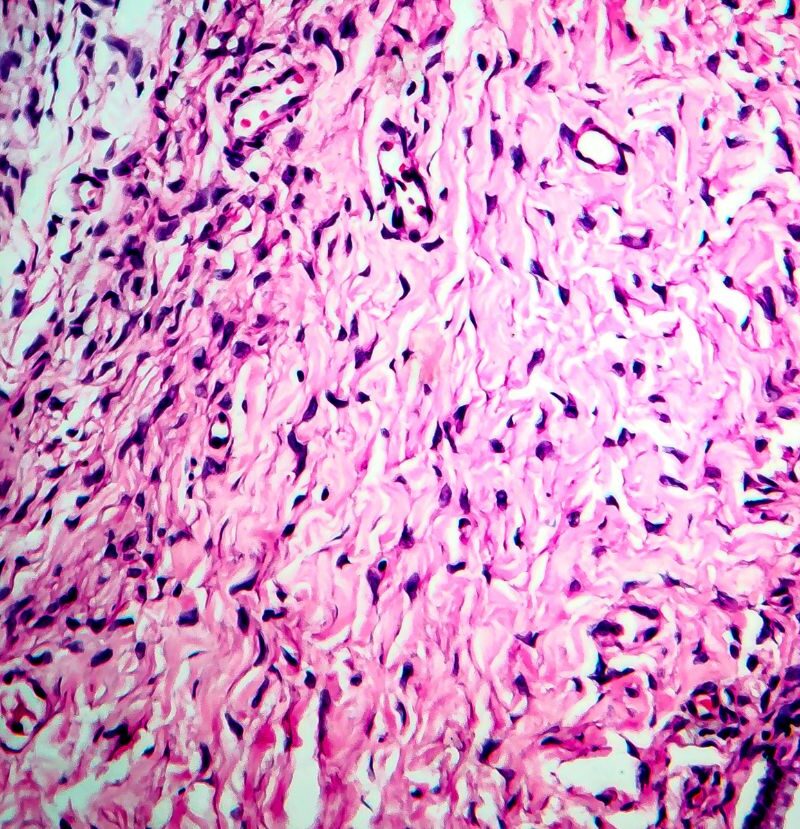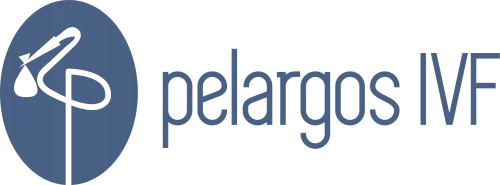
OVARIAN PRP – OVARIAN REJUVENATION
Ovarian PRP and Novel PL Ovarian Rejuvenation aim to rejuvenate ovaries for improved fertility. The process begins with a blood draw, followed by double-centrifugation to extract platelets rich in growth factors. This mixture is then injected into the ovaries under ultrasound guidance. It triggers a local inflammation response, stimulating new cell production from stem cells, revitalizing ovarian tissue. These treatments benefit women with poor ovarian reserve, low AMH levels, and previous IVF challenges. Effects last about 5-6 months, with peak impact in the first 1-3 months.
Potent (Platelet Lysate) Ovarian Rejuvenation offers a more potent mixture of growth factors, with the option to refrigerate samples for future use. Stem Cell combined Rejuvenation uses adipose tissue stem cells, injected into the ovaries, primarily for cases in prolonged menopause or previous unsuccessful rejuvenation attempts. These techniques present innovative options for women seeking to enhance fertility and hormonal balance.

FAQ OVARIAN PRP
How is Ovarian PRP performed?
All start with a simple blood draw, from the forearm. Then this blood, is centrifugated (double centrifugated in our IOLife lab). That has as a result, to separate blood, into its different components: Plasma, white blood cells, red blood cells and platelets.
Platelets (blood clotting cells) are collected and concentrated and then are mixed into a blood plasma liquid base. Plasma is the liquid portion of whole blood. This preparation takes usually about 1-2 hours. Then, is injected into the ovaries, under ultrasound guidance and light sedation. This usually takes no more than 5-10 mins.
The activation of the concentrated platelets into the platelet rich plasma, releases growth hormones, which stimulate and increase the number of reperative cells in the ovary. Woman can go home, on the same day.
Rarely, when ovaries are severely damaged, atrophic or displaced and non accessible by ultrasound
guidance, the injection of the PRP can be performed through a laparoscopy (key hole procedure).
Who benefits from Ovarian PRP?
• Women with poor ovarian reserve, low AMH and /or low antricle Follicular Count
• Women who want to try with own eggs instead of egg donation
• Women who have failed previous IVF attempts, because of poor ovarian reserve or poor quality blastocysts
• Women who are perimenopausal / menopausal
• Women in early menopause
• Women who want to restore their hormonal balance and possibly enhance sexual drive
How does it work?
When we puncture the ovary, a local inflammation cascade, takes place.
Growth factors and cytokines are naturally produced by blood platelets and white blood cells. These
factors, naturally repair the body’ s tissues, by stimulating the production of new cells, from stem cells, to replace the damage, caused by the injury.
Growth factors derived from a woman’s blood platelets, are believed to have a similar regenerative effect to the ovaries of an infertile woman.
Initially these growth factors can stop bleeding and prevent infection on the injured site. At the same time can help with the formation of blood vessels and new healthy tissue, actually rejuvenating the ovaries, increasing stem cell production and helping to generate new follicles.
How long does it last?
The effect of PRP lasts for about 5-6 months. Maximum effect is achieved in 1-3 months after the procedure. If we have not noticed any significant improvement, after three months, is highly unlikely to see that later.
Can PRP be done anytime?
In menopausal women without their periods, PRP can be done anytime.
In women who are perimenopausal or still ovulating, is better to be performed, in the first days of the cycle, so that we can avoid the presence of big follicles.
What can the side effects / complications of PRP?
PRP is an invasive procedure. Like all invasive procedures, can have minor risks of bleeding, infection, injury of bowels, bladder etc, like egg collection. The rate of these complication is quite minor.
After the procedure, mild pain or vaginal spotting, might be experienced, which is usually improved very quickly with mild analgetics.
How do we follow up?
We always advise FSH, AMH levels assessment before the procedure, as well as antricle follicular count assessment.
We always advise repeat assessment of the above tests 1 month and 2 months, afer the procedure.
When improvement has been achieved, we go ahead with ovarian stimulation, when the indication of it is fertility.
Does it really work?
We do have now, long experience to say, that ovarian PRP does help in majority of the cases, as far as it regards at least the follicular recruitement, number of antricle follicles and finally number of eggs retrieved.
Best results are achieved in younger women less than 40 years old. As we very well know, chromosomes depend mainly on one factor and that is age. There is no conclusive evidence that PRP does help the quality or the chromosomes of the oocytes retrieved. We do know though, that when more eggs are retrieved, statistically the chances of even one of them being chromosomically normal, are increased. In that way, PRP might have a benefit even in older women that do not want to jump straight into the egg donation process.
What is Potent (Platelet Lysate) Rejuvenation?
Pelargos IVF team, in cooperation with Institute of Life lab, has been trying for some time now and constantly envolving, a novel variation of PRP, the Potent (Platelet Lysate) ovarian rejuvenation.
Main difference in comparison to the Normal (double centrifugated) PRP, is that in this case, blood drawn from the forearm, is centrifugated into a much more powerful machine.
That has as a result, activation of the PL (Platelet Lysate) which actually completely “breaks” platelets and creates a highly enriched, platelet free, mixture of growth factors. Growth factors concentration is supposed to be about 10- 15 times more.
Activation of ovarian stem cells and blood vessels creation, looks like being more prominent and quicker. Advantage of this technique is that the sample, can also be refrigerated and be reused in the future if needed.
What is Stem Cell and PL combined Rejuvenation?
Adipose tissue stem cells are injected into the ovaries. Fat is collected with a minor incision on the tummy and through a process in the lab, that might take about 1 month, stem cells are derived.
These stem cells are combined with PL autologus growth factors mixture and are injected in the ovaries, under ultrasound or rarely laparoscopic guidance.
This technique is mainly used in difficult cases that have been already in menopause for some time or when previous rejuvenation techniques have failled.
